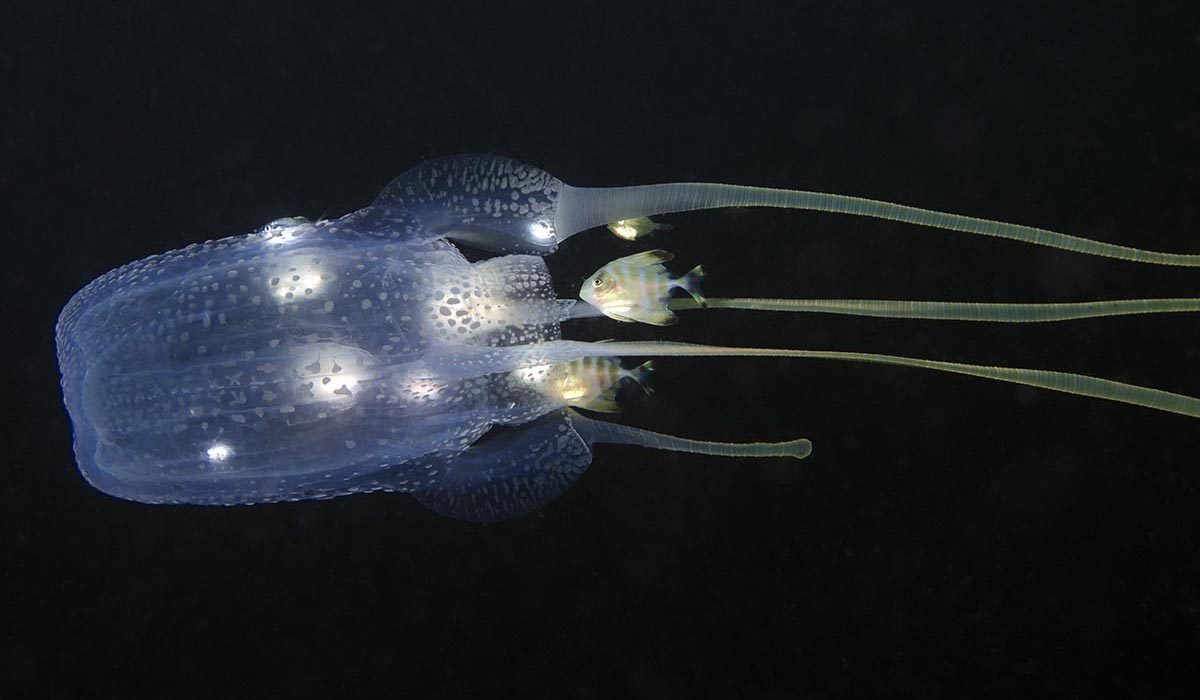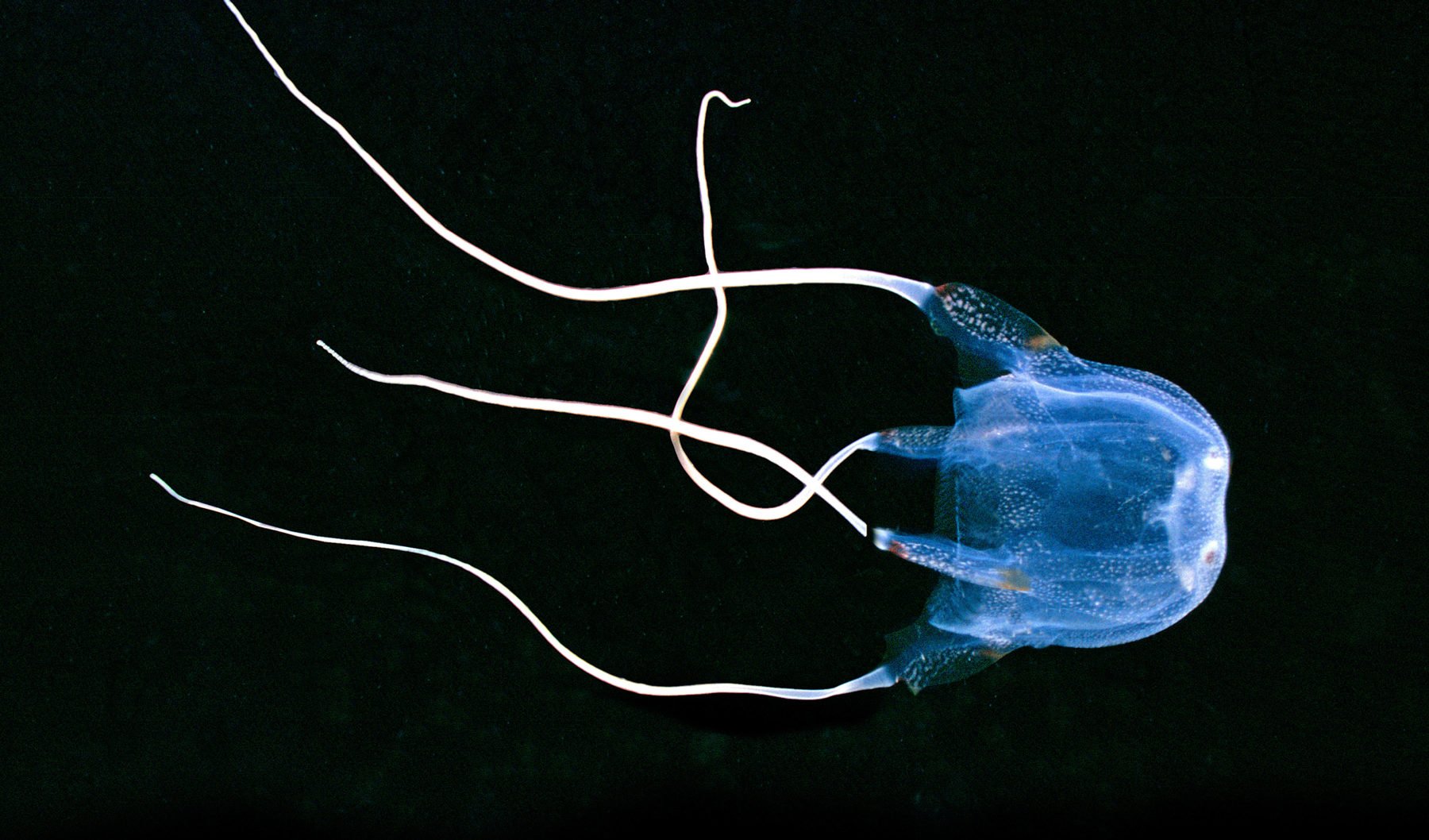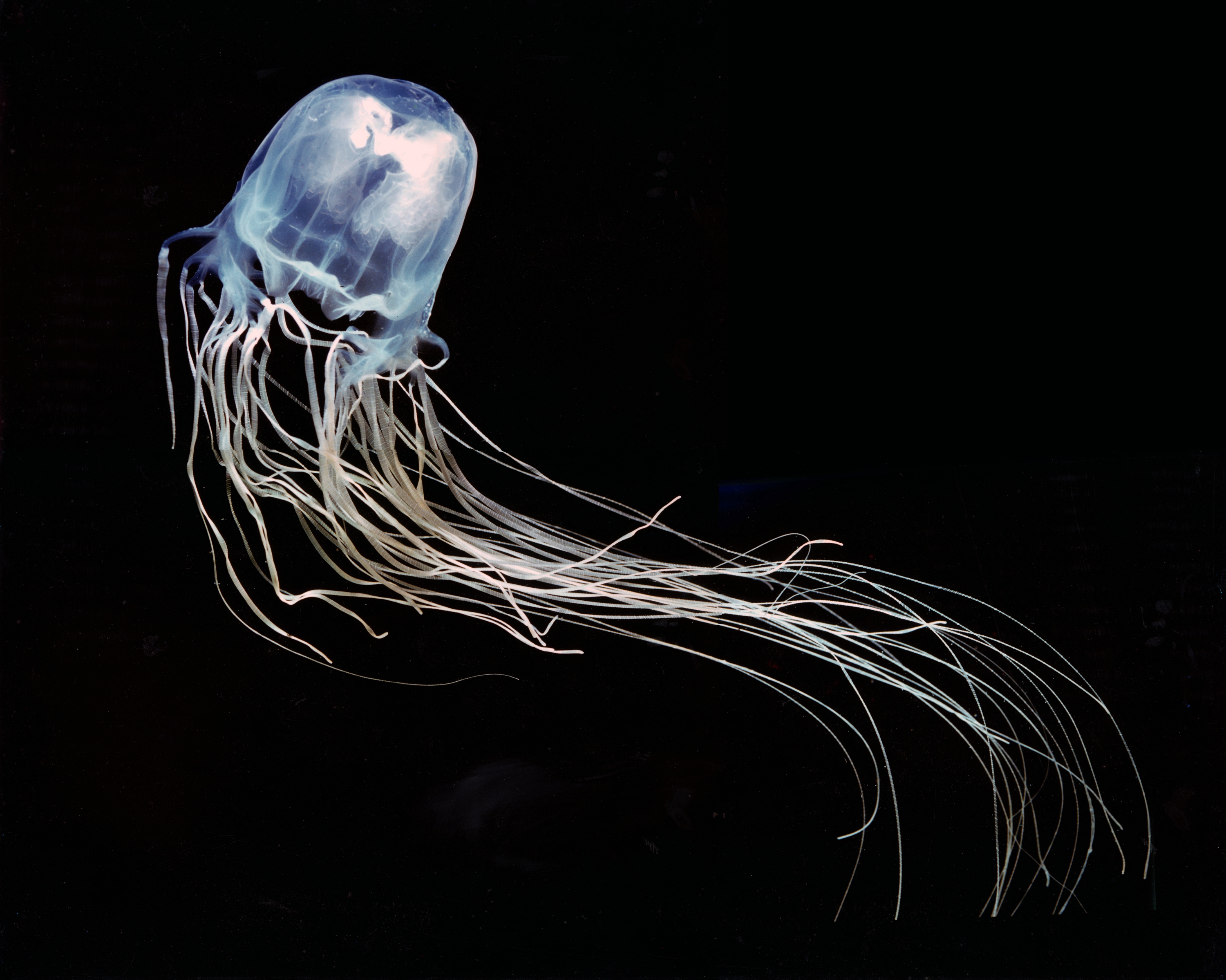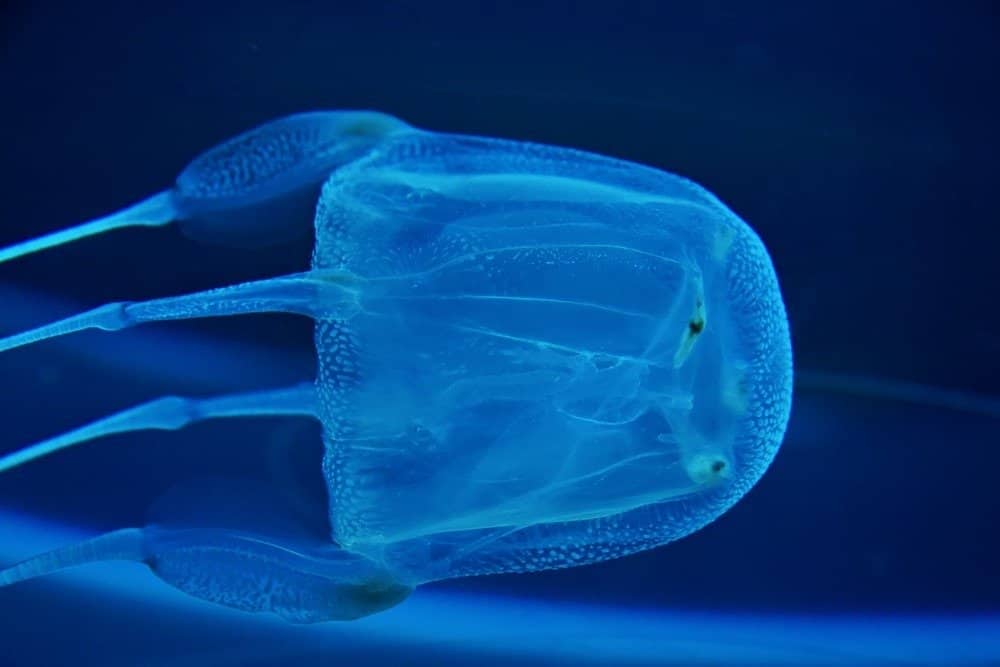Out Of This World Tips About How To Keep A Box Jellyfish

Atlantic sea nettle (chrysaora quinquecirrha) do better in lower salinity.
How to keep a box jellyfish. The venom released by their tentacles can leave you with a burning sensation, red welts, and throbbing discomfort. If not, put salt water on it. First aid antivenom outlook you should steer clear of a box jellyfish.
This knowledge can help prevent snake bites and ensure a more enjoyable experience for beachgoers. Call 911 or other emergency medical personnel. How to survive a swarm of box jellyfish how to survive 1.68m subscribers subscribe subscribed 14k 1.9m views 2 years ago #jellyfish #howtosurvive #boxjellyfish they're difficult to see, and.
4.6 mph), surpassing the swimming capabilities of most humans, especially children. Vinegar can be used to neutralize the venom, but professional medical treatment is still necessary. Just getting part of a tentacle on your skin is enough to kill a person within 2 minutes.
Soak the affected area in hot water (not scalding) for 20 to 45 minutes. You should change the water on a regular basis and clean the tank every now and then. Remove any tentacles stuck to your skin with tweezers or the edge of a credit card.
Currently, they recognize about 51 different species in this group. If stung, seek immediate medical attention. The marine animal’s sting can cause serious and sometimes fatal symptoms in a matter of minutes.
Make sure to maintain a safe distance from the jellyfish to avoid any accidental contact. Stings from some species, including chironex fleckeri, carukia barnesi, malo kingi, and a few others, are extremely painful and. Boxies can get huge bubbles in the bell, just use a glove and invert them to release the bubble.
Box jellyfish have long tentacles that can extend several meters. Unlike other jellyfish species, box jellyfish are capable of actively swimming and maneuvering in the ocean. If you see a box jellyfish, it’s important to keep a safe distance.
In addition to their venomous nature, box jellyfish are remarkably fast swimmers. Many of the various species pose a danger to humans with their stings. They can reach speeds of up to 1.5 to 2 meters per second (about 4 knots or 7.4 km/h;
Read below about which jellyfish to watch out for, what the dangers are and where you can encounter certain species. They prefer calmer waters to allow their tentacles to spread out for feeding. That will help stop the release of venom.
Severe allergic reactions in some cases, individuals may experience severe allergic reactions to box jellyfish stings, known as anaphylaxis. Painful stings a box jellyfish sting can cause immediate and intense pain. Tested in germany to protect against swimmer itch.




![New Box Jellyfish Species Discovered In Hong Kong [Video] IBTimes](https://d.ibtimes.com/en/full/228197/researchers-find-antidote-box-jellyfish-sting.jpg)













